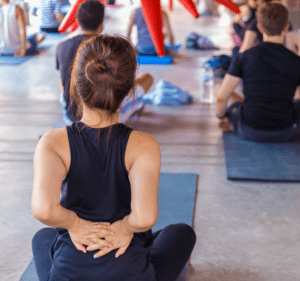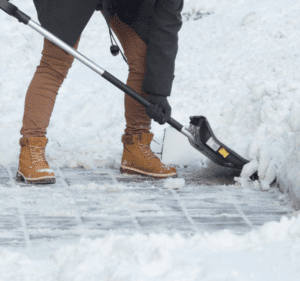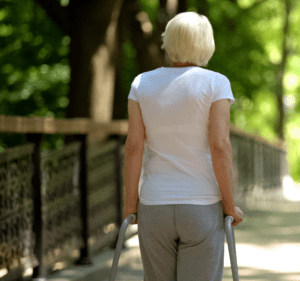
How Yoga Helps With Back Pain
There are many reasons you may be experiencing back pain. Whether it is caused by an injury, a herniated disc, or any other condition, a yoga workout can provide relief for even the most uncomfortable and stubborn pain. Back pain affects 70–90% of Americans at some point in their lives, and for some, the pain is chronic. Many people do not seek treatment for their back pain, often because they think it will go away with time or because they want to avoid seeing a doctor. If you are looking for a natural pain remedy for the discomfort in your back that doesn’t involve seeing a medical professional, yoga may be the perfect exercise for you. NJ Spine & Ortho is here to help you learn more about the different ways that yoga can reduce persistent back pain. Yoga Helps with Posture and Upper-Body Strength One of the core aspects of yoga is stretching, with many poses that are meant to increase movement, improve flexibility, and reduce discomfort. One of the ways it achieves those goals is through the strengthening of the upper body. Although yoga is considered a low-intensity exercise, continued practice can train muscles in the back and core to be stronger over time. This is beneficial for those who suffer from chronic back pain. When the muscles in your back are weak, they cannot maintain a set position for long without becoming overexerted and returning to a pose that feels more comfortable, such as a hunched or leaned-over position. Continued yoga practice can improve your posture, build upper body strength and reduce back pain by meticulously strengthening and lengthening muscles throughout the body. When your posture is straight, it puts less strain on the rest of your spine, neck, and back, making yoga a valuable tool for anyone living with chronic discomfort. Improved Spinal Mobility from Yoga Yoga can help support the spine and improve its alignment while also promoting flexibility. One of the most helpful styles of yoga for persistent back pain is Kundalini yoga, which focuses primarily on the spine and back. More advanced yoga poses may not be in your repertoire as a beginner, but you can still find relief through some of the most basic poses and stretches. Daily yoga stretching in the morning can help the spine by relieving tension that gathered while sleeping as some people can toss and turn at night and wake up with pain in their back the next day. By incorporating frequent yoga poses into your daily routine, you can give your body better mobility and improve your spinal discomfort. Trying Yoga to Help Lower Back Pain Yoga can be especially effective at alleviating lower back pain. By holding various poses, specific muscle groups throughout the back become stronger. Many yoga poses offer a gentle approach to strengthening both the back and abdominal muscles—both of which are essential to a healthy spine. When your back and abdominal muscles are strong, it helps you maintain proper posture and



